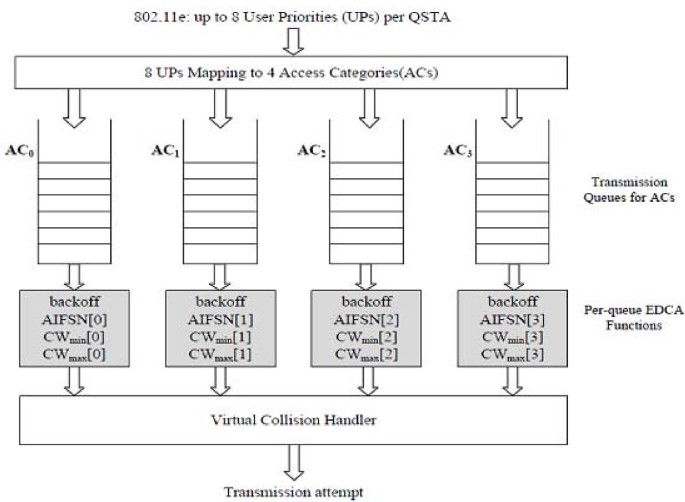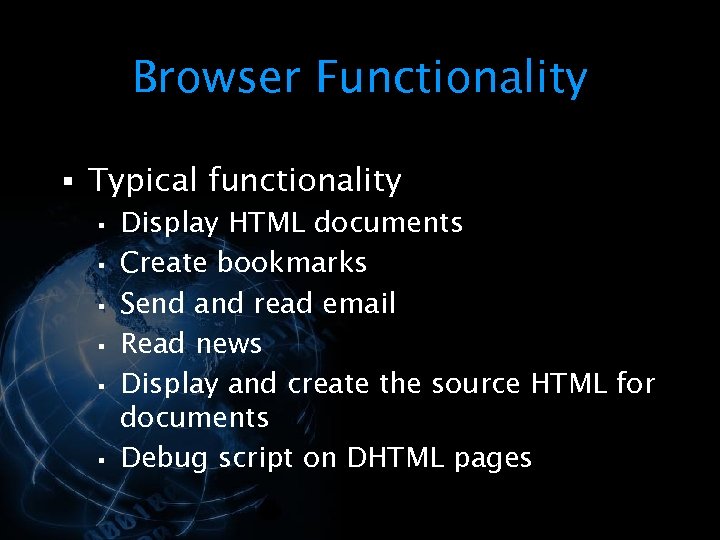


This method comprises: initiating a first random access procedure of a first MAC entity of the UE informing the initiation of the first random access procedure to a second MAC entity of the UE and informing a completion of the first random access procedure to the second MAC entity by the first MAC entity, when the first random access procedure is finished. To achieve the object of the present invention, in one aspect, a method of communicating with a network at a user equipment (UE) in a wireless communication system is provided.

The technical problems solved by the present invention are not limited to the above technical problems and those skilled in the art may understand other technical problems from the following description. DISCLOSURE Technical ProblemĪn object of the present invention devised to solve the problem lies in the conventional mobile communication system. Decrease in cost per bit, increase in service availability, flexible use of frequency bands, a simplified structure, an open interface, appropriate power consumption of UEs, and the like are required. In addition, considering other radio access technologies under development, new technological evolution is required to secure high competitiveness in the future.
#RANDOM ACCESS FOR MAC LAYER CODE#
One TA includes a plurality of cells.Īlthough wireless communication technology has been developed to LTE based on wideband code division multiple access (WCDMA), the demands and expectations of users and service providers are on the rise. The AG manages the mobility of a UE on a tracking area (TA) basis.
#RANDOM ACCESS FOR MAC LAYER REGISTRATION#
A core network (CN) may include the AG and a network node or the like for user registration of UEs. An interface for transmitting user traffic or control traffic may be used between eNBs. In addition, the eNB transmits UL scheduling information of UL data to a corresponding UE so as to inform the UE of a time/frequency domain which may be used by the UE, coding, a data size, and HARQ-related information. The eNB transmits DL scheduling information of DL data to a corresponding UE so as to inform the UE of a time/frequency domain in which the DL data is supposed to be transmitted, coding, a data size, and hybrid automatic repeat and request (HARQ)-related information. The eNB controls data transmission or reception to and from a plurality of UEs. Different cells may be set to provide different bandwidths. The cell is set to operate in one of bandwidths such as 1.25, 2.5, 5, 10, 15, and 20 MHz and provides a downlink (DL) or uplink (UL) transmission service to a plurality of UEs in the bandwidth. The eNBs may simultaneously transmit multiple data streams for a broadcast service, a multicast service, and/or a unicast service. 1, the E-UMTS includes a User Equipment (UE), eNode Bs (eNBs), and an Access Gateway (AG) which is located at an end of the network (E-UTRAN) and connected to an external network. For details of the technical specifications of the UMTS and E-UMTS, reference can be made to Release 7 and Release 8 of “3rd Generation Partnership Project Technical Specification Group Radio Access Network”. E-UMTS may be generally referred to as a Long Term Evolution (LTE) system. An Evolved Universal Mobile Telecommunications System (E-UMTS) is an advanced version of a conventional Universal Mobile Telecommunications System (UMTS) and basic standardization thereof is currently underway in the 3GPP. 1 is a view schematically illustrating a network structure of an E-UMTS as an exemplary radio communication system. BACKGROUND ARTĪs an example of a mobile communication system to which the present invention is applicable, a 3rd Generation Partnership Project Long Term Evolution (hereinafter, referred to as LTE) communication system is described in brief.įIG. The present invention relates to a random access procedure in a wireless communication system and, more particularly, to methods for MAC layer communication for parallel random access procedures of dual connectivity and devices therefor. 24, 2013, the contents of which are all hereby incorporated by reference herein in their entirety. 4, 2014, which claims the benefit of U.S. 10,555,344, which is the National Stage filing under 35 U.S.C. Inter-Switch Link (ISL) and IEEE 802.This application is a continuation of U.S.Controlled Access Protocols in Computer Network.Introduction of MAC Address in Computer Network.Multiple Access Protocols in Computer Network.ISRO CS Syllabus for Scientist/Engineer Exam.ISRO CS Original Papers and Official Keys.GATE CS Original Papers and Official Keys.


 0 kommentar(er)
0 kommentar(er)
